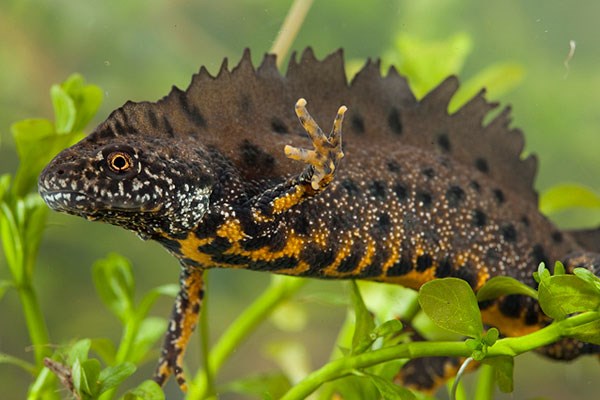Spring Watch on the A96

Teams of ecologists will start to gather vital information about the local environment in the coming months which will help inform the design work to deliver the new road.
Infrastructure Secretary, Keith Brown said:
“The Scottish Government has given a clear commitment to dual the A96, and a series of public exhibitions which concluded last week showing our latest plans, saw over 2,000 people take the opportunity to view our early assessment work for the route between the east of Nairn and Aberdeen. This underlines the keen interest local communities are showing for our plans and their wish to help shape the road’s future.
“We are pressing ahead with the programme and this week are getting ecological survey work under way on the section of road between Inverness and Nairn, including Nairn Bypass. This section of the road is at a more advanced stage, with a preferred route option exhibited last year and draft road orders expected to be published in 2016.
“The surveys this week will look at breeding birds and great crested newts in their natural habitat along the route, and over the coming months, further surveys for otters, red squirrel, pine marten, badgers, bats and wintering birds will also take place along with aquatic studies and other environmental and heritage surveys. Gathering this kind of information will give us a clearer understanding of the local environment and allow us to help protect the wildlife and their habitats as we take forward essential work to upgrade the main artery between Inverness and Aberdeen.”
In addition to the surveys, Transport Scotland will also shortly be commencing detailed consultations with landowners as we further develop the preferred option for the Inverness to Nairn (including Nairn bypass) scheme.
Small teams of environmental specialists in high visibility jackets will be carrying out surveys along the route. The information gathered will help assess any potential impact on the environment that may be caused by the road and help develop measures to avoid or reduce these. Ecology surveys involve observing and recording the different habitats and species, both protected and non-protected within the route corridor. The surveys will comprise visual inspections and sampling of the different habitats and species and will be carried out by ecological specialists.
As the Inverness to Nairn (including Nairn Bypass) scheme is further progressed, individuals, communities and businesses affected by the work will be kept fully informed and their vital feedback taken into account.
Details of the A96 Dualling Inverness to Nairn (including Nairn Bypass) scheme can be found at: http://www.transportscotland.gov.uk/project/a96-inverness-nairn-including-nairn-bypass
Details of the A96 Dualling Programme can be found at: http://www.transportscotland.gov.uk/project/a96-dualling-inverness-aberdeen